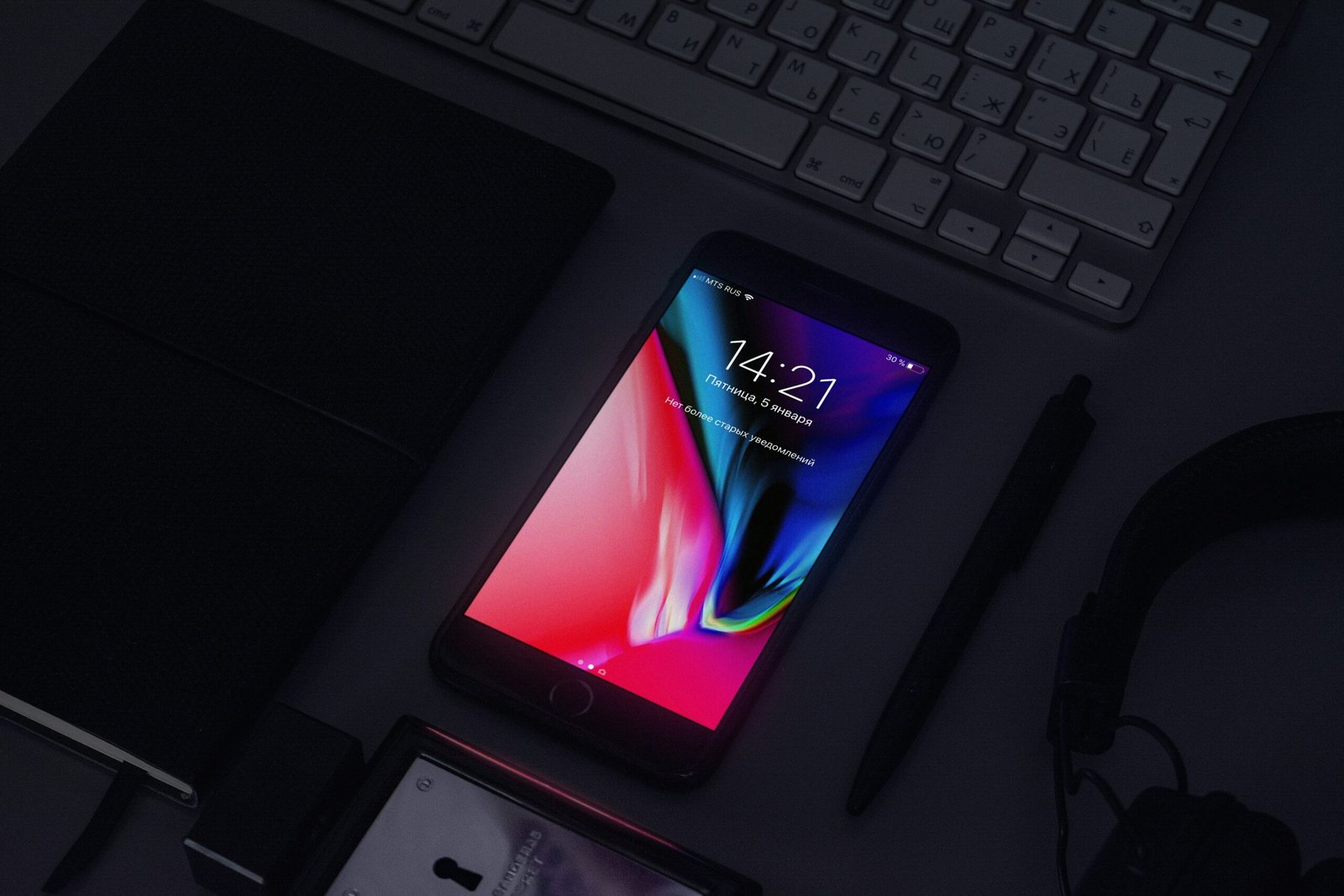Urban shopping experiences have undergone a significant transformation in recent years, thanks to the advancements in technology and the rise of e-commerce. With the increasing popularity of online shopping, brick-and-mortar retailers are faced with the challenge of creating unique and engaging experiences for their customers. This is where UI/UX innovations come into play.
The Importance of UI/UX in Retail
UI (User Interface) and UX (User Experience) are crucial elements in creating a successful retail environment. UI refers to the visual design and layout of a website or application, while UX focuses on the overall experience and usability. In the context of retail, a well-designed UI/UX can enhance customer engagement, increase sales, and build brand loyalty.
One of the key benefits of UI/UX innovations in retail is the ability to provide a personalized shopping experience. By leveraging customer data and preferences, retailers can create tailored recommendations and offers that resonate with individual shoppers. This not only improves customer satisfaction but also increases the likelihood of repeat purchases.
Mobile Apps and In-Store Navigation
Mobile apps have become an integral part of the retail landscape, offering convenience and personalized experiences to shoppers. Many retailers now have their own mobile apps that allow customers to browse products, make purchases, and even track their orders. These apps often include features such as in-store navigation, which helps shoppers find specific products or departments within a store.
With the help of location-based technologies like GPS and beacons, retailers can guide customers through their stores, providing them with real-time information and promotions. This not only improves the overall shopping experience but also increases the chances of impulse purchases.
Virtual Reality and Augmented Reality
Virtual Reality (VR) and Augmented Reality (AR) technologies have revolutionized the way people shop, both online and in-store. VR allows customers to virtually try on clothes, accessories, or even furniture, giving them a realistic sense of how the products would look and fit. This eliminates the need for physical try-ons and reduces the risk of returns.
AR, on the other hand, overlays digital information onto the real world, enhancing the shopping experience. For example, AR can be used to provide additional product information, display customer reviews, or even show virtual models wearing the products. This not only helps customers make informed purchasing decisions but also adds an element of fun and interactivity to the shopping process.
Smart Mirrors and Interactive Displays
Smart mirrors and interactive displays are another UI/UX innovation that is transforming the retail industry. These devices use advanced technologies like facial recognition and touch screens to provide personalized recommendations and product information.
Smart mirrors, for instance, can simulate different lighting conditions, allowing customers to see how they would look in different environments. They can also suggest complementary products or offer styling tips based on the customer’s preferences. Interactive displays, on the other hand, enable customers to explore products in a more engaging and interactive way, enhancing their overall shopping experience.
Seamless Checkout and Payment Options
Long checkout lines and complicated payment processes can be a major turn-off for customers. UI/UX innovations in this area focus on streamlining the checkout process and providing multiple payment options.
Many retailers now offer self-checkout options, allowing customers to scan and pay for their items without the need for assistance. Additionally, mobile payment methods like Apple Pay and Google Pay have gained popularity, offering a quick and secure way to complete transactions.
By simplifying the checkout and payment process, retailers can reduce friction and improve customer satisfaction, ultimately leading to higher sales and customer loyalty.
Conclusion
UI/UX innovations have become essential in creating unique and engaging shopping experiences for urban consumers. From mobile apps and in-store navigation to virtual reality and smart mirrors, these innovations are reshaping the retail landscape and driving customer engagement. By leveraging the power of UI/UX, retailers can stay ahead of the competition and provide their customers with memorable and personalized shopping experiences.












Leave a Reply